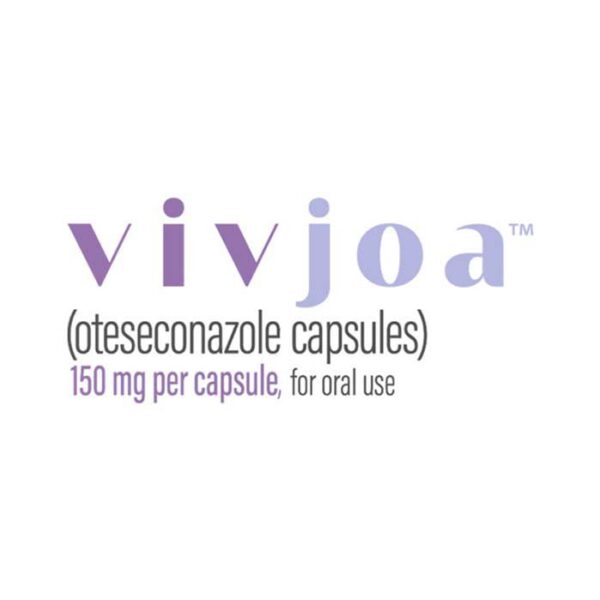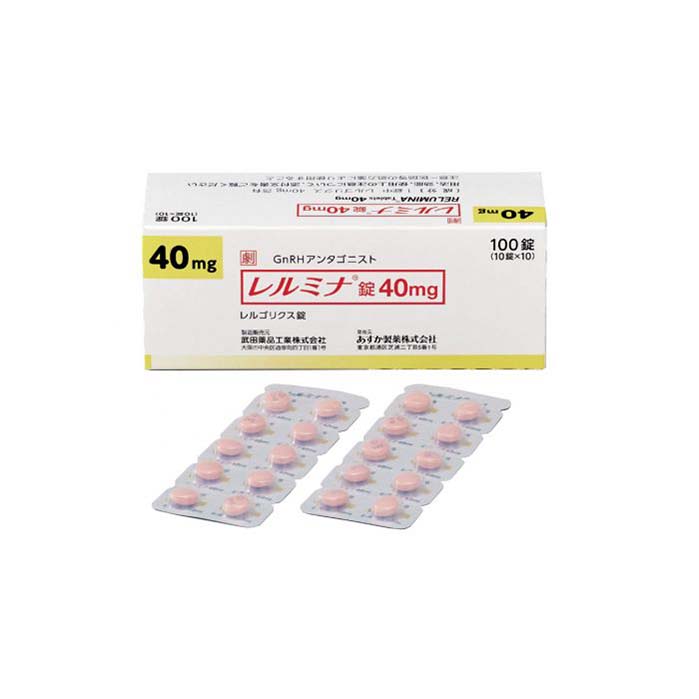

Buy Vivjoa (oteseconazole) Online
$4,601.30
Vivjoa (oteseconazole) is an azole antifungal medication used to reduce the incidence of recurrent vulvovaginal candidiasis (RVVC) in females who are not of reproductive potential. RVVC is a condition in which a woman has four or more episodes of vaginal yeast infections in a 12-month period.

Buy Vivjoa (oteseconazole) Online
$4,601.30
- Description
- Additional information
- Reviews (4)
Description
DESCRIPTION
Vivjoa (oteseconazole) is an azole antifungal medication used to reduce the incidence of recurrent vulvovaginal candidiasis (RVVC) in females who are not of reproductive potential. RVVC is a condition in which a woman has four or more episodes of vaginal yeast infections in a 12-month period.
USES
Vivjoa is used to help prevent RVVC in females who are not of reproductive potential. It is not used to treat active vaginal yeast infections.
HOW TO USE
Vivjoa is taken orally with food. There are two recommended dosage regimens:
- VIVJOA-only dosage regimen:
- On Day 1: Administer VIVJOA 600 mg (as a single dose)
- On Day 2: Administer VIVJOA 450 mg (as a single dose)
- Beginning on Day 14: Administer VIVJOA 150 mg once a week (every 7 days) for 11 weeks (Weeks 2 through 12)
- Fluconazole/VIVJOA dosage regimen:
- On Day 1, Day 4, and Day 7: Administer fluconazole 150 mg orally
- On Days 14 through 20: Administer VIVJOA 150 mg once daily for 7 days
- Beginning on Day 28: Administer VIVJOA 150 mg once a week (every 7 days) for 11 weeks (Weeks 4 through 14)
DOSAGE
The recommended dosage of Vivjoa for females who are not of reproductive potential is 150 mg once a week for 12 weeks.
MECHANISM OF ACTION
Vivjoa is an azole antifungal medication that works by inhibiting the production of ergosterol, a compound that is essential for the integrity of fungal cell membranes. Without ergosterol, fungal cells cannot grow and reproduce.
STORAGE CONDITIONS
Vivjoa should be stored at room temperature (68°F to 77°F or 20°C to 25°C) and protected from moisture and light.
PRECAUTIONS
Vivjoa should be used with caution in women with liver disease or kidney disease. It should also be used with caution in women who are taking other medications that may interact with Vivjoa.
INTERACTIONS
Vivjoa can interact with a number of other medications, including:
- Midazolam
- Triazolam
- Alpha-hydroxyfentanyl
- Fentanyl
- Ergotamine
- Dihydroergotamine
- Simvastatin
- Lovastatin
- Atorvastatin
- Rosuvastatin
- Mefloquine
- Quinidine
- Cisapride
- Pimozide
- Sotalol
- Amiodarone
- Dofetilide
CONTRAINDICATIONS
Vivjoa is contraindicated in:
- Females of reproductive potential
- Pregnant women
- Lactating women
- Women with a hypersensitivity to oteseconazole
SIDE EFFECTS
The most common side effects of Vivjoa are headache, nausea, and diarrhea. Other possible side effects include:
- Abdominal pain
- Constipation
- Dyspepsia
- Flatulence
- Rash
- Pruritus
- Vaginal discharge
- Vaginal dryness
- Vaginal irritation
- Vaginal pain
OVERDOSE
There is no information available on overdose with Vivjoa. In the event of an overdose, contact your local poison control center immediately.
IMPORTANT SAFETY INFORMATION
Vivjoa may cause serious birth defects if taken during pregnancy. It is important to avoid pregnancy while taking Vivjoa. If you become pregnant while taking Vivjoa, stop taking the medication and contact your doctor immediately.
Vivjoa is not approved for use in females of reproductive potential. It is important to use a reliable form of contraception while taking Vivjoa.
Vivjoa can interact with a number of other medications. It is important to tell your doctor about all of the medications you are taking before you start taking Vivjoa.
Additional information
| Package | 18 capsules of 150 mg |
|---|
Related Products



JLee_Confidence –
I’ve tried many treatments for chronic yeast infections, but Vivjoa is the first that truly keeps things under control long-term. My symptoms have greatly decreased, and I feel more confident and healthy. Highly recommend discussing this with your healthcare provider.
Laura Mitchell –
Vivjoa helped me break the cycle of frequent yeast infections that interfered with my daily life. Since starting treatment, I’ve had fewer symptoms and better overall comfort. The pill form is convenient and easy to manage with my busy schedule.
Rachel Kim –
I started Vivjoa based on my doctor’s recommendation, and it’s been very effective in reducing my symptoms. I appreciate that it’s an oral medication with minimal side effects. It’s given me confidence and peace of mind knowing I have a reliable treatment.
Emily Sanders –
Vivjoa has been a game-changer for me. After years of battling recurrent yeast infections, this medication has helped prevent flare-ups and keep me comfortable. The treatment is easy to follow, and I haven’t experienced any major side effects. So thankful for this option!